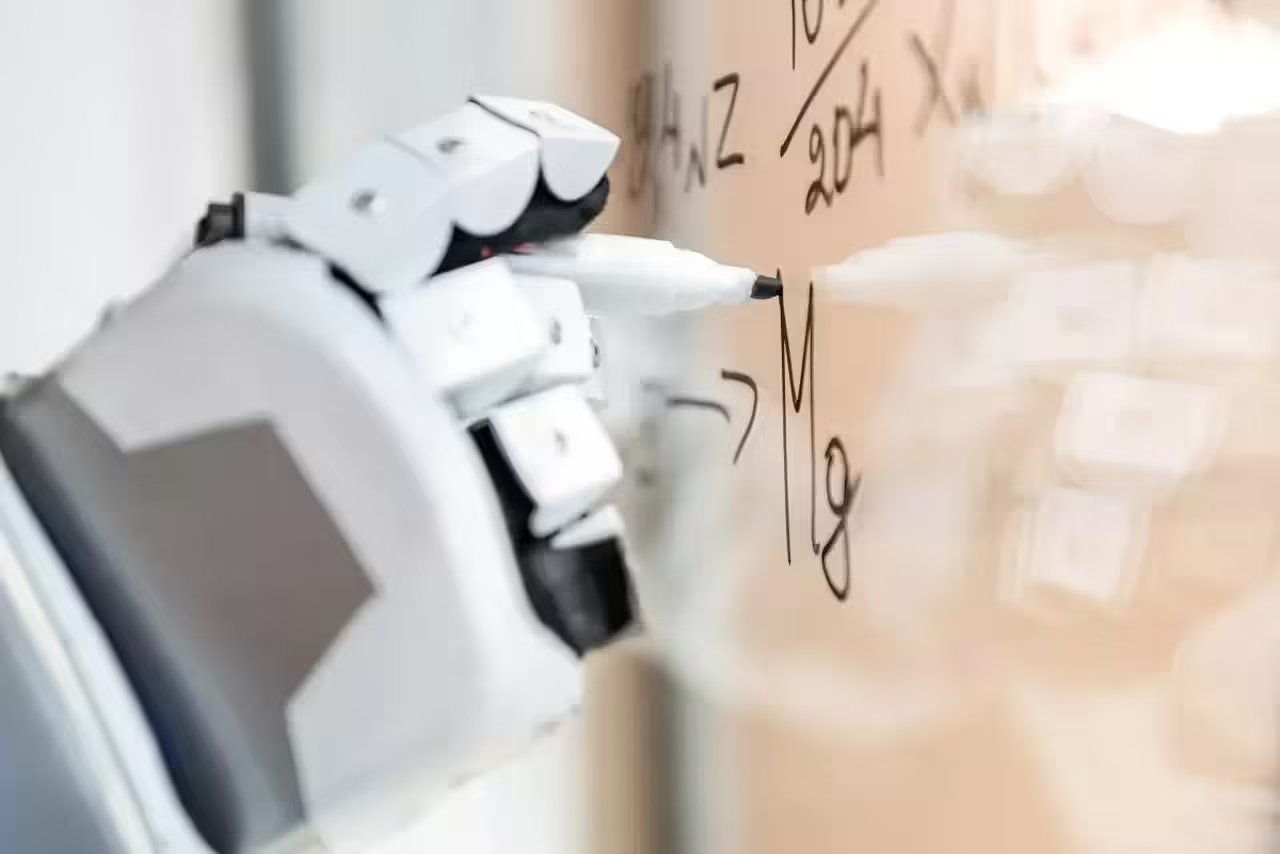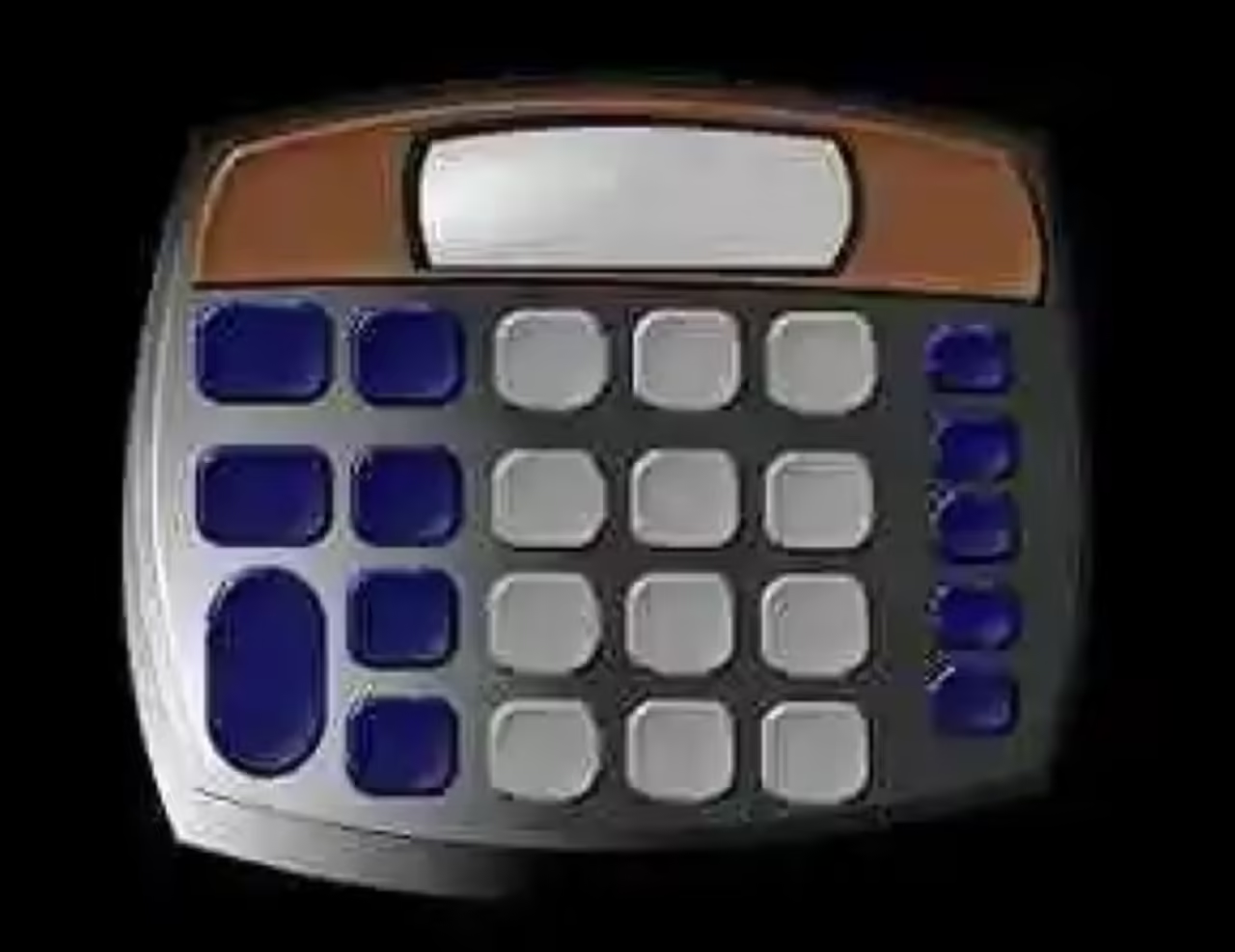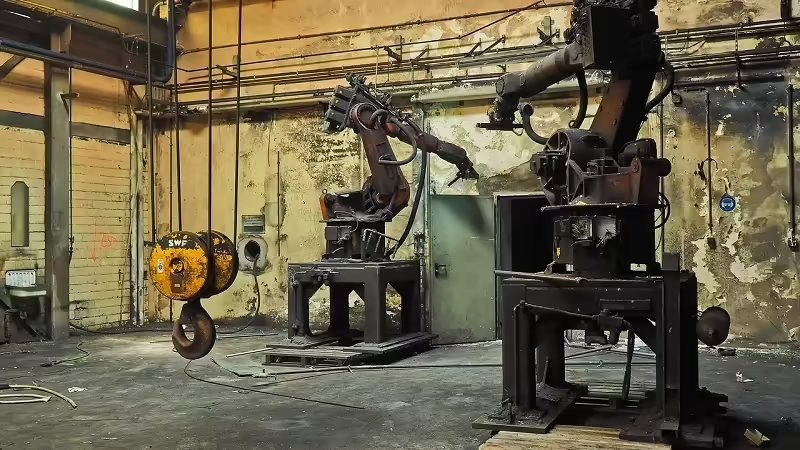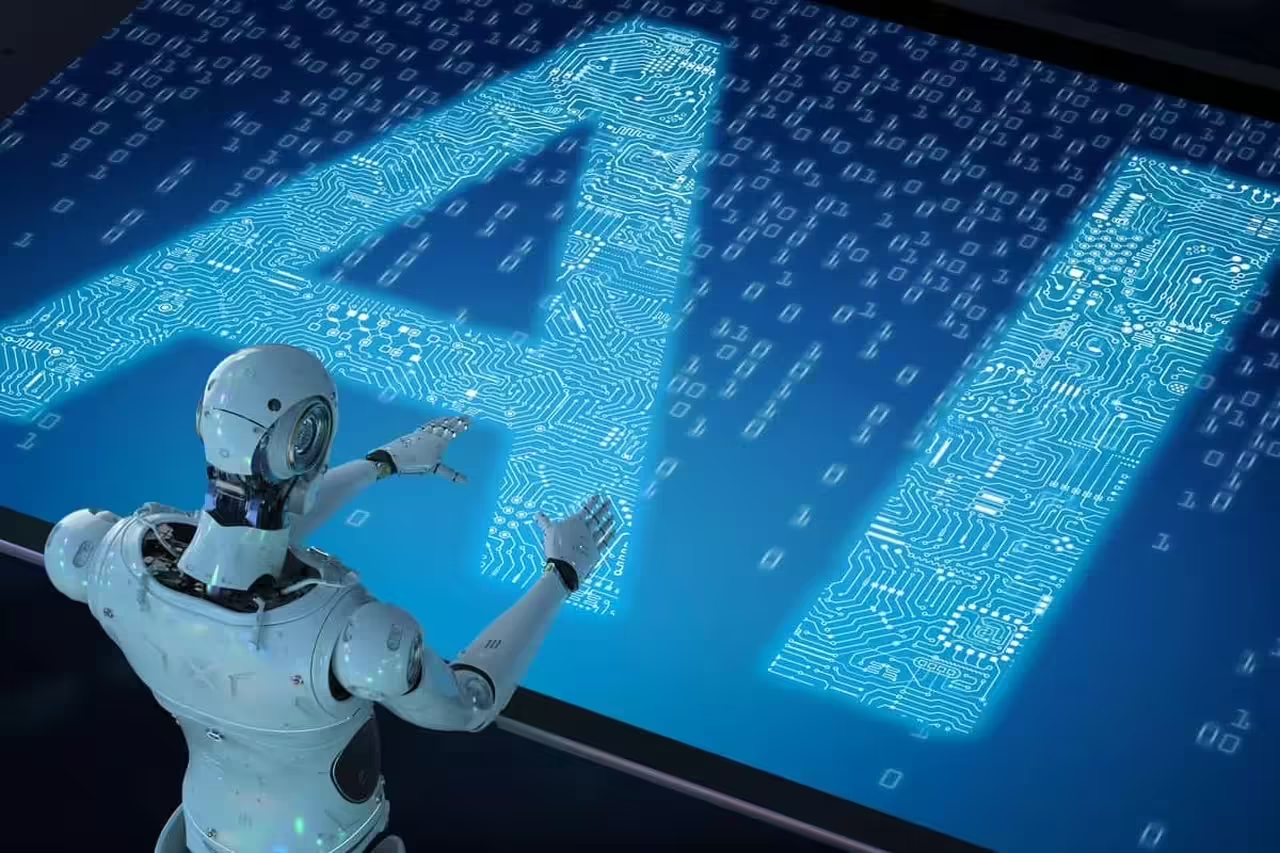
In recent years, advances in artificial intelligence (AI) have led to remarkable achievements in the field of image recognition and generation. One of these notable advancements is the ability of AI to mimic handwriting in a surprisingly accurate manner. This technological feat raises the fascinating question: Would you be able to distinguish between original handwritten writing and that generated by AI?
Creating AI capable of replicating handwriting accurately requires a combination of machine learning techniques, image processing, and pattern analysis. These systems utilize deep neural networks and generative adversarial networks (GANs) to learn and synthesize an individual’s handwriting style.
During the training process, AI analyzes and processes a large number of handwriting samples provided by a specific individual. During this process, AI learns the distinctive patterns of handwriting, including the shape of letters, text slant, stroke pressure, and other individual traits. As AI is trained with more data, its ability to mimic handwriting progressively improves.
Once AI has been successfully trained, it can generate handwriting that remarkably resembles that of the reference individual. The results are impressive, with letters appearing to have been traced by the original author’s hand itself.
However, despite the accuracy of this technology, there are certain subtleties that could help distinguish between real handwriting and that generated by AI. These differences may include natural variability in human handwriting, fine details, and personal style that are challenging to replicate fully for AI.
For example, real handwriting may exhibit small inconsistencies in pencil pressure, stroke speed, and other aspects that reflect the organic and dynamic nature of the writing process. Additionally, fine details and personal style in handwriting, such as distinctive turns in certain letters or how letters are connected, may be difficult to capture fully for AI.
Artificial intelligence (AI) has transformed numerous aspects of our lives, from how we interact with technology to how we perform everyday tasks. One of the fields in which AI has had a significant impact is handwriting. Through advanced algorithms and machine learning techniques, AI has revolutionized how handwriting is recognized, interpreted, and utilized.
What is Handwriting AI Technology?
Handwriting AI technology refers to the set of tools and algorithms designed to interpret and process handwriting generated by humans. Using pattern recognition techniques, neural networks, and machine learning, AI systems can analyze and understand handwriting with increasing accuracy.
Basic Principles of Handwriting Recognition
Handwriting recognition is a complex field involving several steps. First, handwriting is captured through devices such as digital tablets, optical pens, or cameras. Then, AI algorithms process this input, segmenting and analyzing individual strokes to identify letters, words, and phrases. This process involves feature extraction, where key patterns in writing are identified, and classification, where labels are assigned to these features for interpretation.
Applications of Handwriting AI Technology
Handwriting AI technology has a wide range of applications across various fields. One of the most common uses is in character recognition for digitizing handwritten documents. This capability allows for quick and accurate conversion of handwritten notes into digital text, facilitating information search, editing, and storage.
In addition to character recognition, AI is also used in signature verification and document authentication. AI systems can analyze the unique characteristics of a signature or handwriting and compare them with reference samples to determine their authenticity.
In the educational field, handwriting AI technology is used to provide instant feedback to students on their penmanship and spelling. AI systems can identify areas for improvement in a student’s writing and offer suggestions to refine their skills.
Challenges and Future of Handwriting AI Technology
Despite significant advances, handwriting AI technology still faces several challenges. Variability in human handwriting, including individual styles and cultural differences, can hinder recognition accuracy. Additionally, real-time handwriting processing on mobile devices presents additional challenges due to hardware limitations and computational resources.
However, with continued advancement in AI algorithms and the growth of labeled datasets, handwriting AI technology is expected to further improve in the future. Systems are expected to be more accurate, adaptable, and capable of handling a wider variety of handwriting styles.
What is Handwriting AI and How Does It Work?
Handwriting AI, also known as Optical Character Recognition (OCR), is an area of artificial intelligence that deals with interpreting and understanding handwriting by humans. This technology uses advanced algorithms and machine learning models to convert images or handwriting strokes into digital text that can be processed by computers.
The operation process of Handwriting AI involves several steps:
Capturing Handwriting: The first step is capturing handwriting through devices such as digital tablets, optical pens, scanners, or cameras. These devices convert handwriting strokes into digital images that can be processed by AI algorithms.
Image Preprocessing: Before AI can analyze handwriting, image preprocessing is necessary to enhance quality and reduce noise. This may include background removal, lighting adjustments, tilt or distortion correction, among others.
Character Segmentation: In this step, the handwriting image is segmented into smaller units, such as individual letters or groups of letters forming words. This may involve identifying white spaces between words, baseline detection for character alignment, and other criteria for separating writing components.
Feature Extraction: Once characters are segmented, relevant features of each are extracted, such as shape, size, slant, and relation to other characters. These features are used to represent characters in a way that the AI model can recognize patterns and distinguish between different letters and numbers.
Pattern Recognition and Classification: In this stage, machine learning algorithms, such as neural networks, use the extracted features to identify patterns in handwriting and classify characters into specific categories. During training, the AI model is exposed to large amounts of input data along with corresponding labels (i.e., the identity of each character), allowing it to learn to recognize and classify characters accurately.
Post-processing and Error Correction: Finally, post-processing is performed to correct possible recognition errors and improve the accuracy of the generated text. This may include techniques such as using dictionaries to check spelling, applying grammar rules, or using language models to predict the most likely word sequence.
Development and Evolution of Handwriting AI Technology
Handwriting artificial intelligence (AI) technology has experienced significant development and evolution over the years, from its early rudimentary applications to the advanced and accurate solutions we have today. The evolution of this technology can be divided into several key stages:
Early Stage and Basic Character Recognition: In the early stages, handwriting recognition applications primarily focused on recognizing printed or typewritten characters. These systems used simple algorithms to compare patterns and basic shapes of characters with a predefined database. Although these systems were limited in their ability to recognize handwriting, they laid the groundwork for future developments.
Advances in Handwriting Recognition: With the advancement of machine learning algorithms and the availability of larger and more diverse datasets, handwriting recognition technology experienced significant improvements. Approaches based on neural networks, such as convolutional neural networks (CNNs) and recurrent neural networks (RNNs), allowed for more accurate recognition by capturing contextual and sequential relationships in handwriting.
Integration into Mobile Devices and Applications: As mobile devices became ubiquitous, handwriting AI technology was integrated into applications and operating systems to offer features such as handwritten text input and real-time conversion to digital text. This allowed users to write naturally on touch screens using a stylus or their finger, with AI responsible for interpreting and converting the writing into readable text.
Specific Applications and Use Cases: Handwriting AI technology has found applications in a variety of fields and sectors. For example, in banking, it is used for signature verification and document authentication. In education, it is used to provide instant feedback on handwriting and spelling. In medicine, it is used to digitize and process handwritten notes from healthcare professionals.
Continuous Improvement and Accuracy: Over time, handwriting AI technology has continued to improve in terms of accuracy, speed, and adaptability to different handwriting styles and input conditions. Advances in machine learning algorithms, along with the availability of larger and more diverse datasets, have contributed to this continuous improvement.
Practical Applications of Handwriting AI in Everyday Life
Handwriting AI technology has found a wide range of practical applications in everyday life, facilitating tasks ranging from note-taking to document authentication. Below are some of the most relevant practical applications of this technology:
Digitization of Handwritten Notes: One of the most common applications of handwriting AI is the digitization of handwritten notes and annotations. This technology allows users to quickly capture their writings in digital format, making it easier to store, organize, and access information from electronic devices.
Text Recognition in Forms and Documents: Handwriting AI is used to recognize and extract text from forms, documents, and other handwritten materials. This is especially useful in business and administrative environments, where digitizing handwritten documents can streamline information management processes.
Signature Authentication and Verification: In legal and financial fields, handwriting AI is employed to authenticate and verify signatures on important documents such as contracts and checks. AI systems can compare a handwritten signature with reference samples to determine its authenticity with high accuracy.
Improving Penmanship and Spelling: In the educational sector, handwriting AI technology is used to provide instant feedback to students on their handwriting and spelling. AI systems can identify areas for improvement in a student’s writing and offer suggestions to refine their skills.
Handwriting Translation: Handwriting AI is also used in translation applications to convert handwritten text from one language to another. This can be useful for travelers or those who need to communicate in a foreign language but are not familiar with its writing system.
Analysis of Handwritten Text in Forensic Science: In the field of forensic science, handwriting AI is used to analyze and compare handwriting in criminal cases. AI systems can identify unique characteristics in handwriting that can aid in suspect identification and case resolution.







